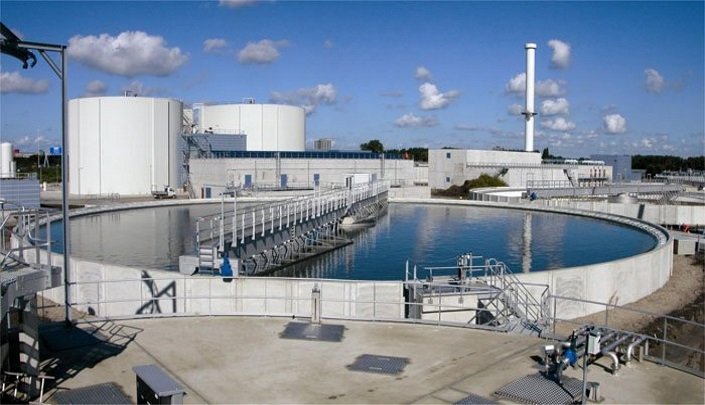

A solution to the country's water problems lies in replicating the model that helped that city-state beat the probabilities of water scarcity and become self-dependant. In order to make it possible, tangible endeavors have to be taken because the threat of water shortage appearing quickly in India is not new. In fact, this emergency has become an absolute truth, chiefly during exhausting summer months. As the municipal water system scuffles to keep pace with the ever-growing urban demand, the beleaguered ground water table in rural areas is increasingly unable to cater to an average farmer’s irrigation needs. In the cities of Maharashtra, water riots and buying up tankers are fairly common occurrences.
This has had a significant influence on agricultural efficiency and as a consequence food security. Further, the water possibility scenario in rural areas has presumed stern quantities due to a fall in levels in the conventional hand-dug wells such as baolis.
As India produces for next summer every year, it is not astonishing that many citizens have already begun preparing to face the accompanying sufferings. Courtesy to the climate change, rains have been catastrophic and have shown irregular patterns for a long while now. This scenario is following in a collective aftermath on the scope of water across key Indian cities that are swaying under the impact of scarce natural resources additionally having to deal with an enormous burden of migratory population. These conditions have made living in some Indian cities such as Bengaluru vulnerable to adversities brought by polluted water.
Clearly, climate change has become a reality for nations worldwide but some countries are handling its consequences much better than India. Though, there are some features that are distinct to India such as a huge population problem that weakens our stand against climate change. Since population and other correlated issues cannot be wished away, India must search methods to beat the challenges caused by lack of natural resources and manage them for consumption. How India achieves this primarily depends on how well we perceive the goings on in other countries around the world.
Singapore is a relevant specimen of how a nation can beat the odds of water crisis to become self-reliant. It emerged from being a water-scarce developing nation to a world leader in water management practices in just a few decades. Since its independence in 1965, one of the major challenges for the Government was to offer clean water to growing domestic and non-domestic sectors. In 1965, Singapore was dependent on Johor, a state in southern Malaysia, for water resources under two agreements: One signed in 1961 and the other in 1962.
In view of this dependence, long-term certainty of water became a necessary deliberation for the city-state. As a result, it developed and implemented plans to improve water security and self- reliance. Innovations covered facets of policy, planning, management, infrastructural progress, technology and most recently, societal behavior.
The key cause for Singapore’s success in managing its water resources was a parallel stress on supply and demand management, including traditional and non-conventional sources of water — reused water and desalinated water. Singapore’s continuous water cycle is managed by the Public Utilities Board (PUB) that collects, treats and reuses water on an sizeable scale — a step that very few countries have taken.
The supply of water has further been developed by reducing water that’s lost for, which is termed as actual water loss due to leak along with apparent water losses emerging from meter faults. Also, Singapore does not have illegal connections and all water connections are metered. The unexplained wasted quantity of water has reduced from about 9.5 per cent in 1990 to about to about five per cent in latest years, one of the lowest rates in the world.
Water conservation is motivated in the domestic sector and made compulsory in the non-domestic sector, too. These include efficiency measures, both engineering solutions and human behavior, such as appliances within PUB’s efficiency ratings. The potential of the nation to achieve these feats can be assigned to Government support, long-term planning and understanding that clean and reliable water resources are necessary for all-inclusive socio-development.
Ensuing the policy prototype of ‘think ahead, think again and think across’, Singapore has gazed for every scope to collect, treat, reuse and produce the necessary water resources not only at present but in a horizon that spans several decades. The city-state’s water resources planning, governance and practices hold lessons for every other developed and developing city and country.
We are in the position that gets worsen day by day. Ensuring water wastage is restricted during supply should be emphasized. Moreover, it is also pivotal that the wastewater treatment facilities are not only boosted up with increasing requirements but the STPs are also decently functioning.
India has sufficient resources if only they are managed well. The responsibility to successfully and most favorably employ these resources lies with each one of us under the guidance of the Government. If this becomes into reality, water scarcity issue will be resolved forever in India.



























